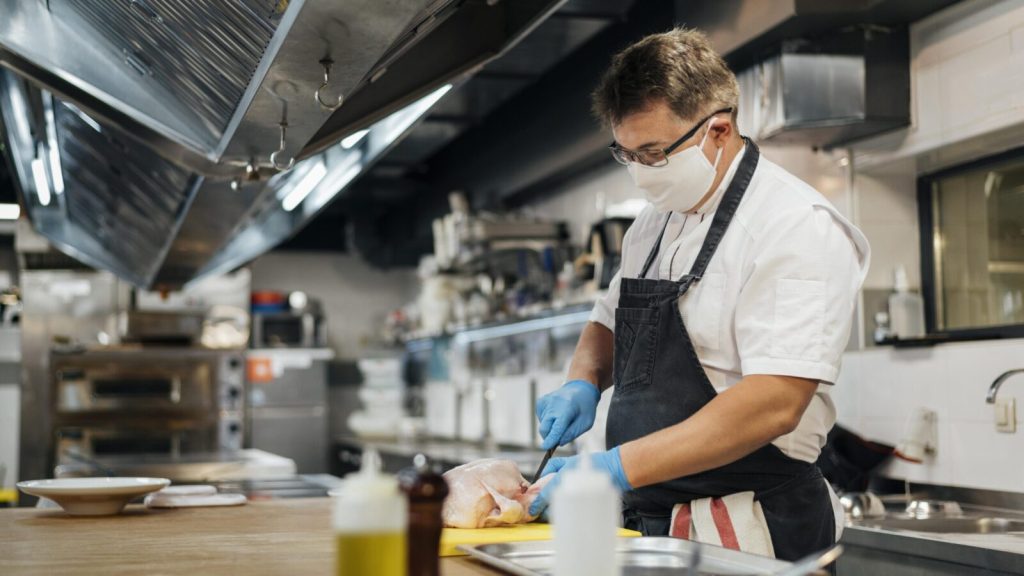
Essential PPE in the Food Industry: What You Need to Know
Overwhelmed by PPE options for food safety? Master your PPE selection for food workers safety with these practical tips.

Get 20€ off on your first order!
Choosing the perfect leather apron may seem challenging at first, but with the right guidance, it can be a straightforward and rewarding experience. Many professionals—from blacksmiths to woodworkers and chefs—face the challenge of finding an apron that balances functionality, comfort, and durability. This guide ensures you’ll walk away with all the information you need to make an informed decision tailored to your specific needs. Moreover, we’ll also help you prepare for your next step: maintaining and optimizing the longevity of your leather apron. With our expertise, you’ll confidently navigate the market and find the ideal fit for your craft or trade.
When shopping for the ideal leather apron, here are the critical factors to evaluate:
The type and quality of leather significantly impact the performance of the apron. Full-grain leather, for example, is the most durable and offers excellent protection. Split-grain leather is a more affordable option while still providing excellent resistance to heat and wear.
An ill-fitting apron may affect your comfort and efficiency. Look for adjustable straps, ergonomic designs, and sufficient coverage. For help selecting the right fit, read our article on Choosing the Right Leather Apron for Welding.
Depending on your industry, certain features become particularly important:
Each industry has unique demands, and selecting an apron designed for your specific tasks will support safety and performance.
Many artisans prefer leather aprons for their timeless style. Whether you prefer a classic leather bib or a modern apron with pockets, the design should align with your personal and professional needs.
Leather aprons are versatile and find use in various fields:
Explore top options from trusted suppliers like Franz Mensch and Helly Hansen.
When selecting a leather apron for industrial or specialized use, it’s crucial to understand the relevant European Norm (EN) standards. Here are some key standards to keep in mind:
Compliance with these standards helps guarantee that your leather apron meets essential health and safety requirements, especially in high-risk environments such as welding or metalworking.
Learn more about EN Standards from this guide in Wikipedia.

Leather aprons are also known as leather smocks, leather bibs, or leather pinafores. Depending on their use case, they come in several styles:
To better understand which type suits your needs, check out our comparison of Leather vs. Canvas: Which Apron Is Best for Woodworking.
A well-sized apron should cover your chest to just above the knee, offering mobility without compromising protection. Use the chart below for a quick reference:
| Height (cm) | Recommended Apron Length (cm) |
| 150-165 | 85-95 |
| 165-180 | 95-110 |
| 180+ | 110-125 |
For additional tips on finding the perfect fit, browse Bib Overalls: Selecting The Right Protective Clothing.
Purchasing from trusted brands ensures quality and reliability. Here are some of the leading suppliers in Europe:
Proper care helps maintain the durability and appearance of your leather apron. Here’s how to maintain it:
If you’re exploring other protective clothing, you might find these guides helpful:
For a deeper dive into specific leather apron applications, see:
We hope this guide has been a valuable resource in helping you understand the critical factors to consider when selecting the perfect leather apron. From material quality to fit and protection features, you now have the tools to make an informed decision tailored to your needs.
Explore our Leather Aprons category page to discover a curated selection of high-quality options from trusted suppliers. If you still have questions or need further assistance, feel free to reach out to us—we’re here to help you find the ideal apron for your craft.
And once you’ve secured your leather apron, stay tuned for our upcoming guides on maintaining and optimizing your protective gear for years of reliable performance. Let’s take the next step together towards elevating your craftsmanship!
Leather aprons can be heavier than fabric aprons due to their durable material. However, many designs incorporate ergonomic features like padded straps and balanced weight distribution to ensure comfort during extended use.
Yes, many suppliers offer customization options, allowing you to add logos, names, or unique designs to personalize your apron. This is especially useful for branding in professional settings like restaurants or workshops.
Leather aprons are highly durable and can handle outdoor environments, including exposure to moderate rain or dirt. However, prolonged exposure to extreme weather conditions, like heavy rain, can damage the leather. Proper maintenance, such as conditioning, can help protect the apron.
With proper care and maintenance, a high-quality leather apron can last several years, even with regular use. Its lifespan depends on the quality of leather and the working conditions it is exposed to.
Yes, leather aprons can often be repaired. Minor scratches or scuffs can be treated with leather conditioner, while more significant damage, such as tears, can be fixed by a professional leatherworker or with repair kits designed for leather products.
Thank you! You've signed up for our newsletter.
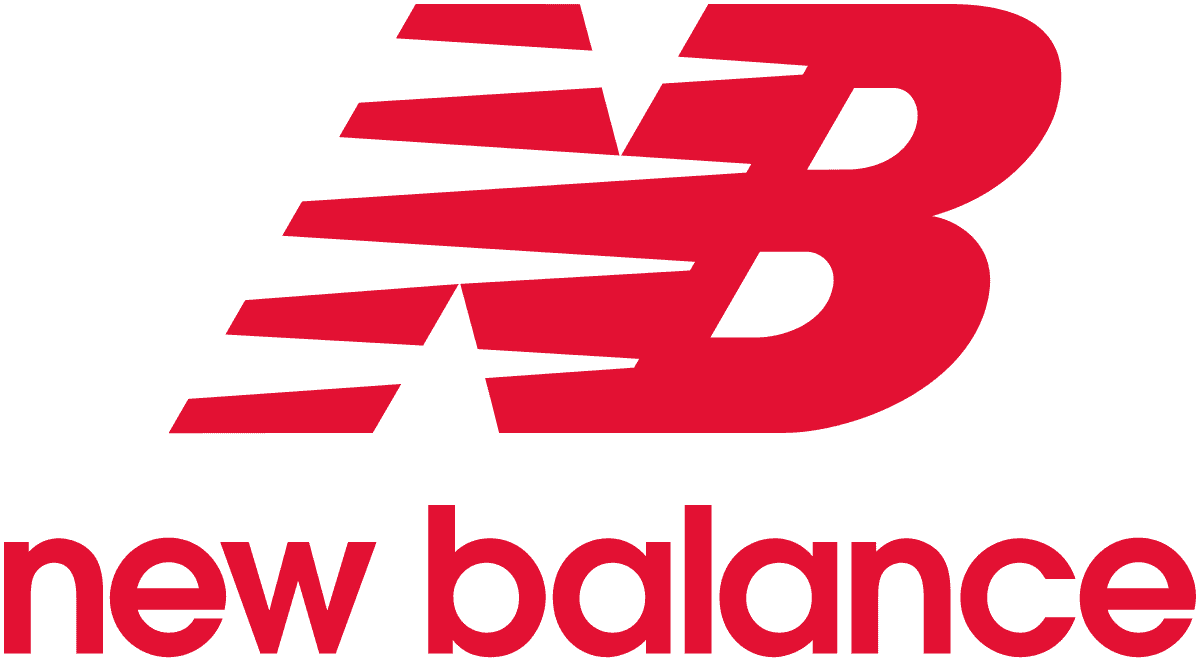

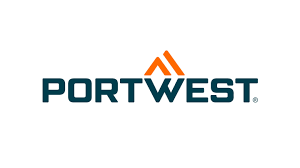

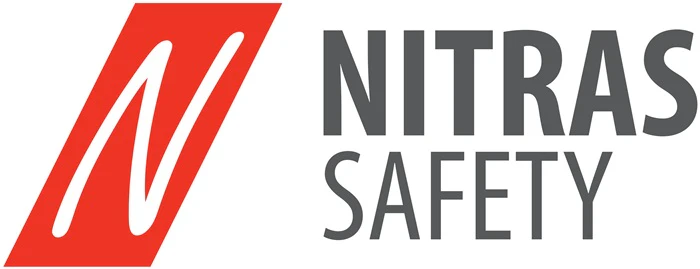





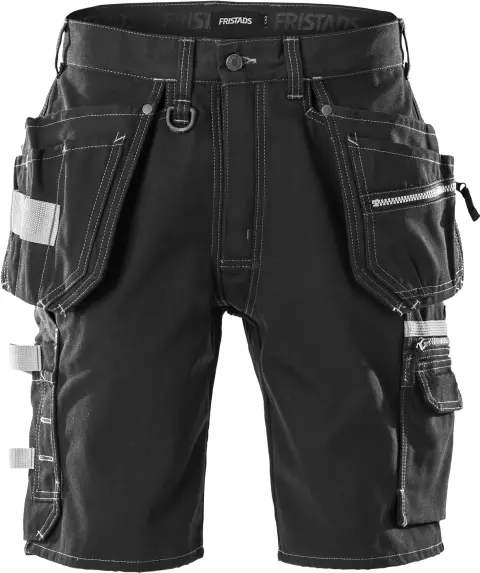
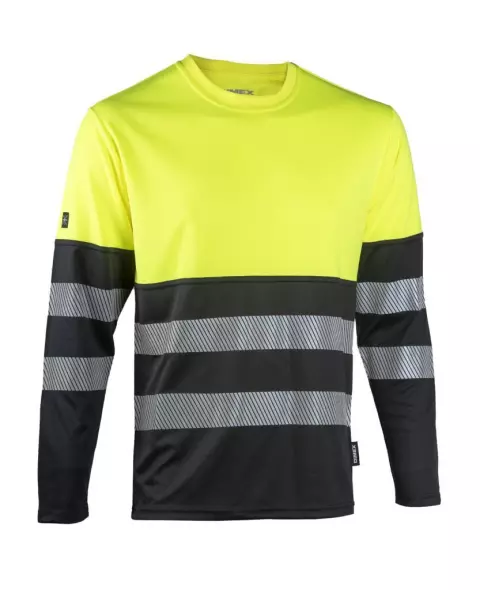
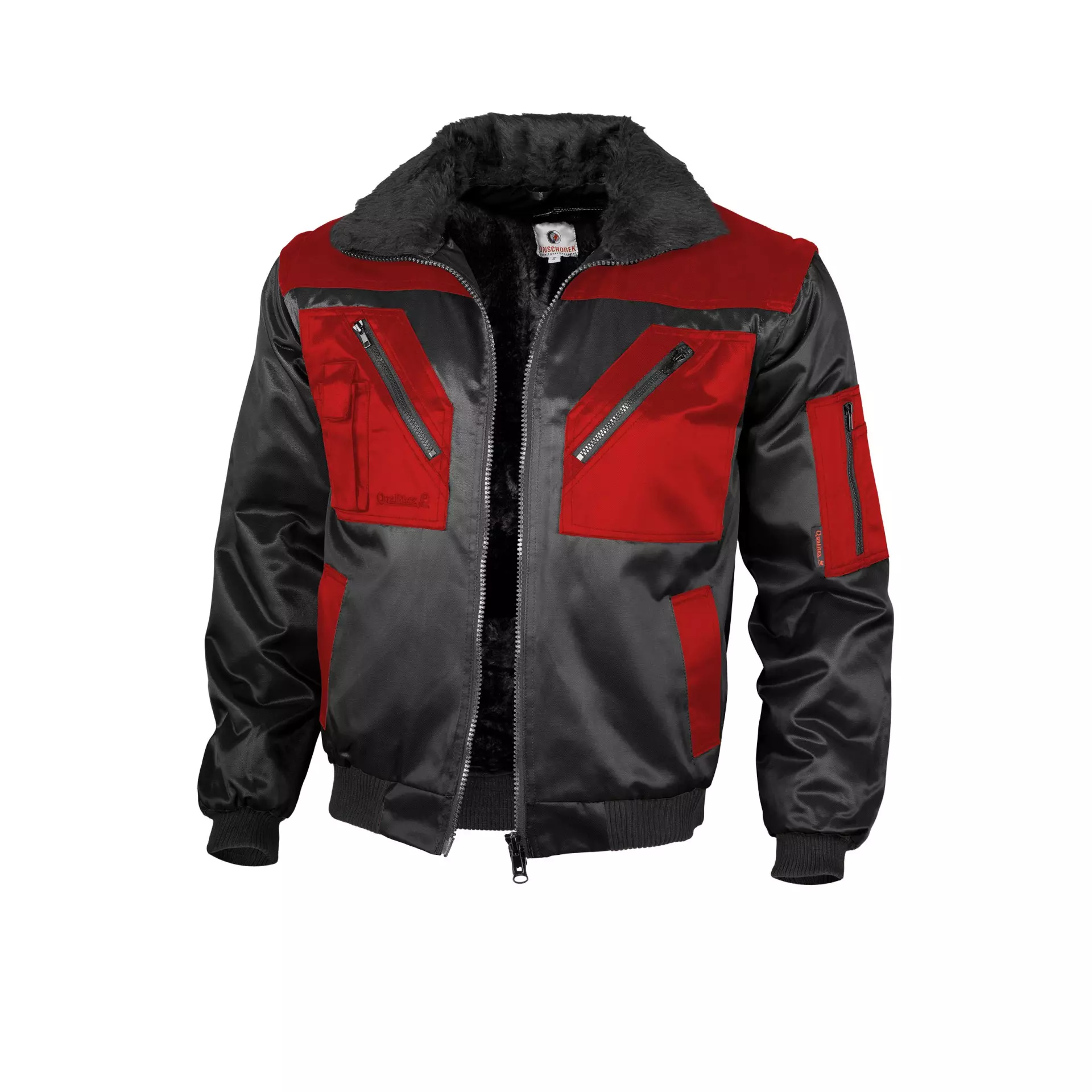
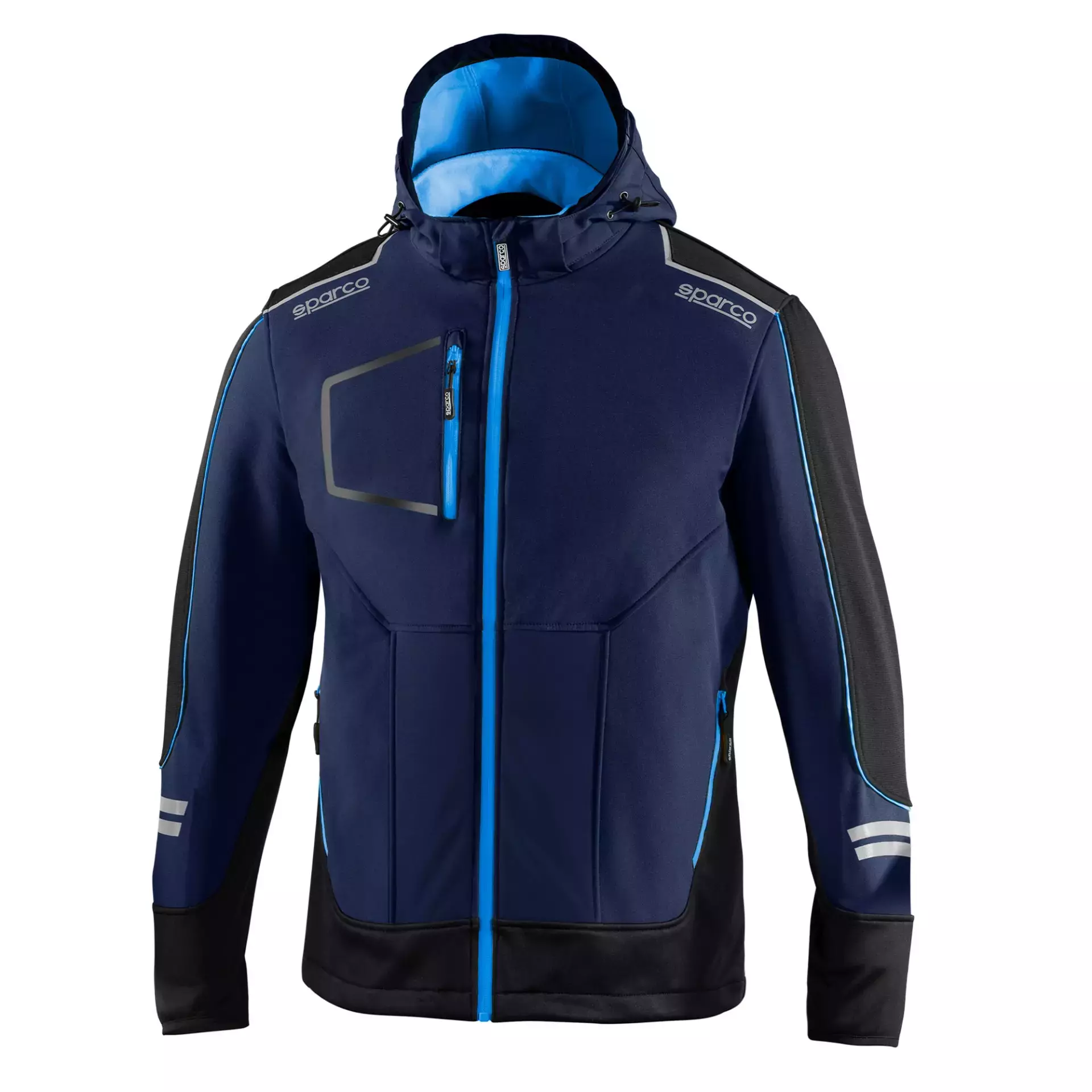





Overwhelmed by PPE options for food safety? Master your PPE selection for food workers safety with these practical tips.

Struggling to maintain clear vision in demanding environments? This guide is here to help. By the end, you’ll know exactly...
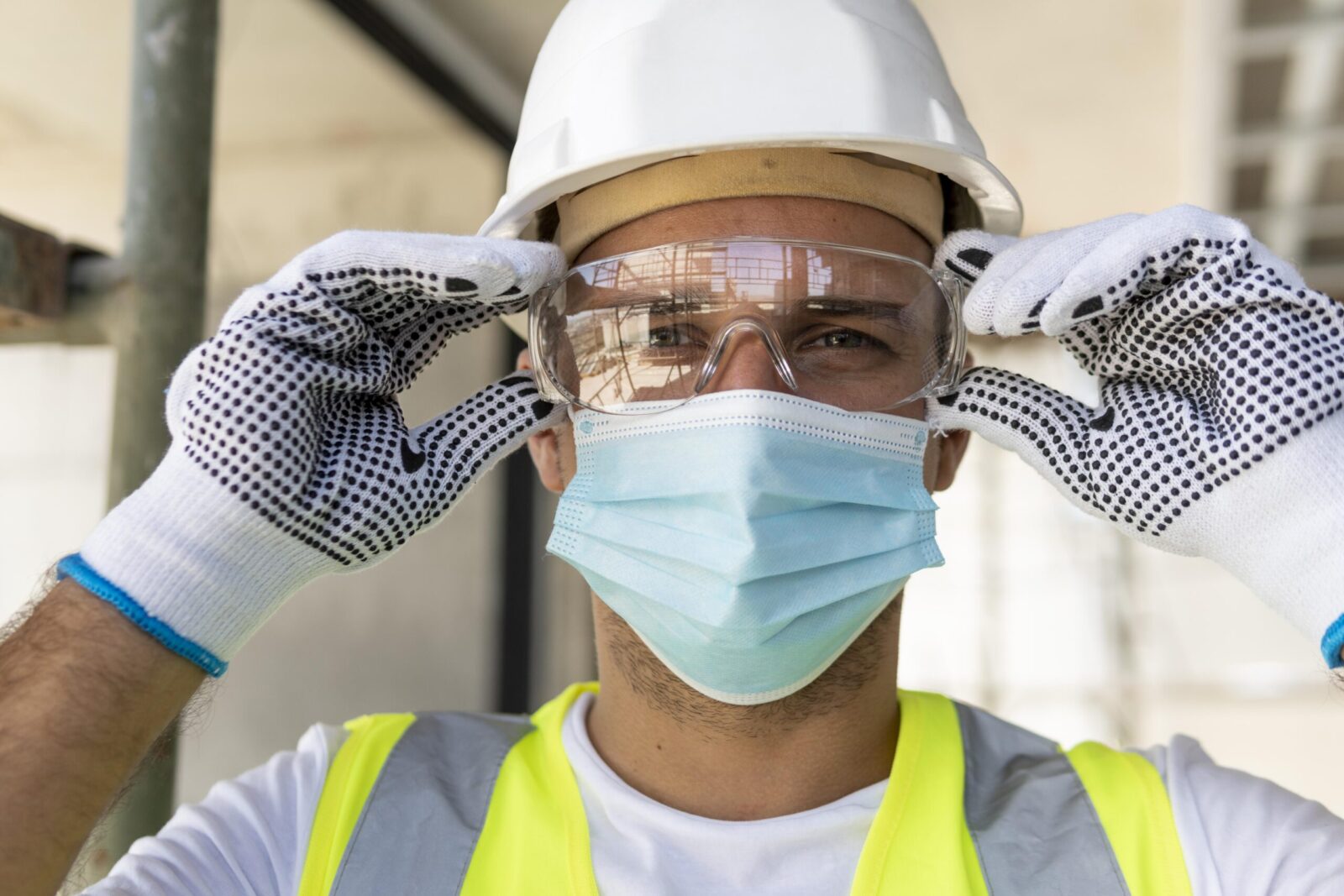
Electricians across Europe face unique challenges that require reliable safety glasses to ensure both protection and efficiency. Whether safeguarding against...

Overwhelmed by PPE options for food safety? Master your PPE selection for food workers safety with these practical tips.

Struggling to maintain clear vision in demanding environments? This guide is here to help. By the end, you’ll know exactly...

Electricians across Europe face unique challenges that require reliable safety glasses to ensure both protection and efficiency. Whether safeguarding against...
Get 20€ off on your first order!
Save 30% by buying directly from brands, and get an extra 10€ off orders over €100
Save 30% by buying directly form brands, and get an extra 10€ off orders over €100